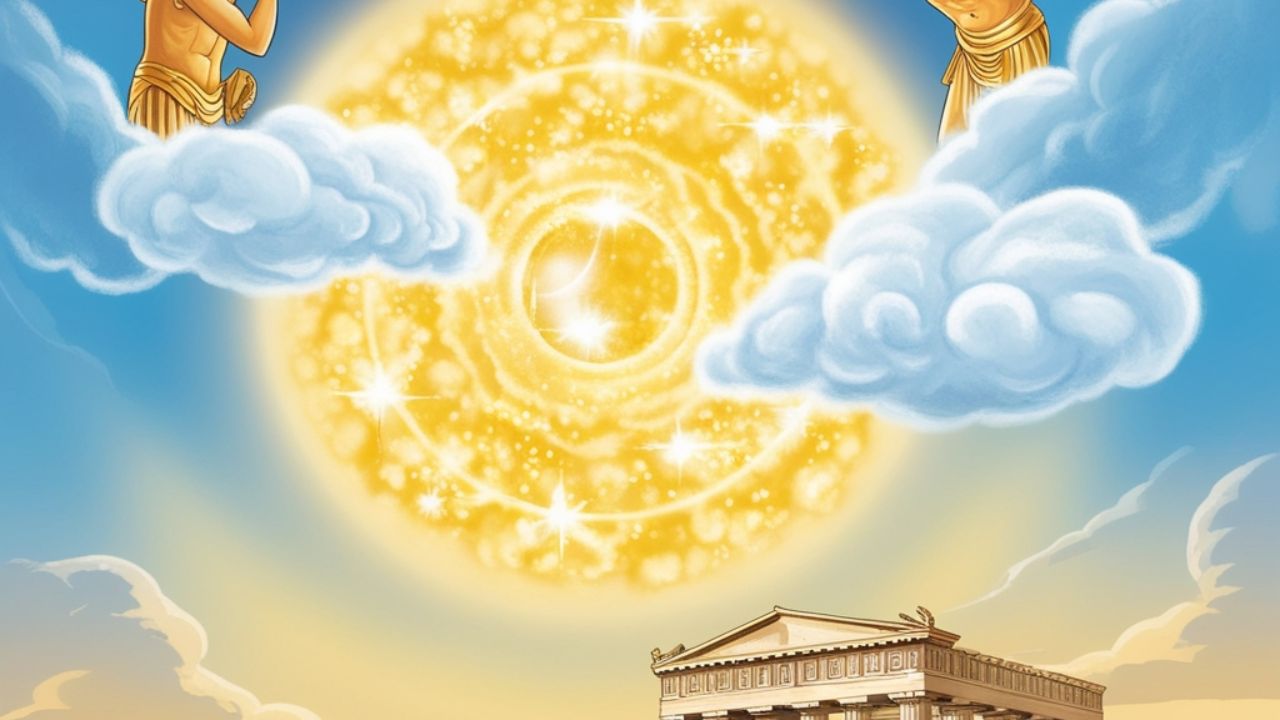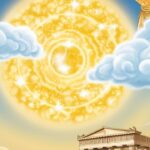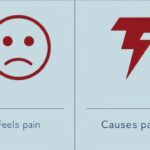Aether was once a beautiful idea from old Greek stories. People believed it filled the sky and gave light to the gods. It was thought to be pure and bright, something magical that connected heaven and earth in perfect harmony and peace.
Ether came later when scientists searched for answers in nature. They used this name for a special liquid used in hospitals to help people sleep during surgery. It also became a word in chemistry for clear substances made in laboratories.
Today, both words tell stories of change. One belongs to legends and myths, while the other belongs to science and medicine. Learning their difference helps young minds see how old ideas grew into new discoveries about the world.
The Origins of Aether: Ancient Beliefs and Philosophical Theories
Aether came from old Greek stories where people believed it was the clean air high above the sky. They thought gods breathed it while living in bright heavens. It was seen as something pure, shining, and full of peaceful light.
In old philosophy, Aether was called the fifth element after earth, air, fire, and water. Thinkers like Aristotle said it made stars and planets move in the sky. It became a symbol of balance and endless beauty in the universe.
Aether in Classical Mythology
In Greek stories, Aether was a bright god who lived above the dark night. He was the light that filled the sky and gave power to the heavens. People believed he made the air pure for the gods to breathe.
The name Aether meant shining air or upper sky. It showed beauty and purity far from the human world. Ancient people saw it as a symbol of life, light, and everything clean that lived beyond the clouds.
Plato, Aristotle, and the Fifth Element
The great thinker Plato believed that the world was made from special elements. He spoke about earth, air, fire, water, and a perfect fifth one that filled the heavens. This last part was pure and never changed like the stars above.
Aristotle agreed and taught that the fifth element made the sky different from Earth. He said it never died or broke apart. It gave light to stars and made the universe calm, balanced, and full of endless motion.
- Plato taught that the world was made of five parts — earth, air, fire, water, and a special fifth one called Aether, which filled the heavens and gave life to stars.
- Aristotle agreed with this idea and said the fifth element was perfect, pure, and never changed. It made the sky calm and bright.
- Both thinkers believed this special element connected the Earth to the heavens, showing balance, beauty, and endless motion in the universe.
Medieval and Alchemical Interpretations
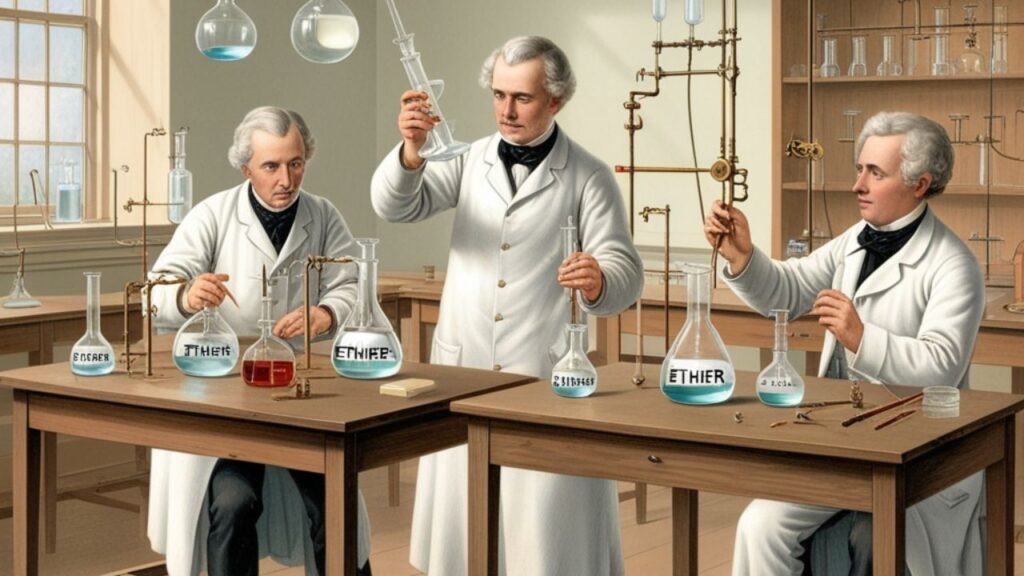
In the Middle Ages, wise men studied Aether and believed it linked heaven and Earth. They said it carried light and spirit through the sky. It became part of their learning about stars, magic, and the secrets of nature.
Old alchemists called it the “fifth essence,” stronger than fire, water, air, or earth. They thought it could give wisdom and long life. This idea joined science with faith, showing how people searched for truth in every element around them.
The Rise of Ether: From Enlightenment to Empirical Science
During the Enlightenment, smart thinkers studied nature and found new ideas about Ether. They thought it filled all space and carried light and energy. It was not magic but a part of science that helped explain how the world worked.
In time, scientists used this idea to understand light, heat, and motion. They tried to prove that space was never empty. Their work showed how learning moved from old beliefs to real tests, helping science grow stronger and clearer.
Medical Ether: Chemistry’s Contribution
In the world of medicine, Ether became a helpful liquid for doctors. It made patients sleep during surgery so they felt no pain. This discovery changed hospitals by making operations safer and giving people hope for better healing.
In chemistry, Ether also became known as a clear substance used in labs. Scientists used it to mix and clean materials. Its special nature showed how simple compounds could save lives and improve medical practices everywhere.
Ether Disproven: The Shift to Modern Physics
In the late 1800s, scientists tested the idea of Ether using new tools and smart experiments. They looked for signs that it filled space but found nothing. Their results showed that light could move without needing any hidden material.
Later, Einstein brought a new theory called relativity. He explained that light always travels the same way, no matter how the Earth moves. This discovery changed science and ended the old belief that space needed something invisible to carry light.
Side-by-Side Breakdown: Aether vs. Ether
| Feature | Aether | Ether |
| Origin | Greek: aithēr (myth, sky) | Enlightenment-era science |
| Primary Context | Mythology, metaphysics, alchemy | Physics, chemistry, medicine |
| Nature | Divine substance or fifth element | Hypothetical medium or chemical |
| Disproven? | Not applicable (symbolic) | Yes, in physics |
| Modern Usage | Literature, fantasy, spirituality | Organic chemistry, medicine |
Current Usage in Language and Culture
In stories and games, Aether often means magic, spirit, or shining energy. Writers use it to show the link between worlds or powers beyond human sight. It brings beauty and mystery to tales about gods, heroes, and hidden forces.
In science and daily life, Ether still appears in chemistry and medicine. It can describe liquids used in hospitals or labs. These meanings show how old words stay alive, changing their roles but keeping a strong place in learning and art.
- In modern stories and games, Aether means light, spirit, or magic that connects worlds and gives power to heroes or gods.
- In science and medicine, Ether is used as a chemical liquid in labs and sometimes in medical treatments.
- Both words still appear in books, movies, and studies, showing how old ideas can stay alive in culture and learning.
Why the Distinction Matters Today
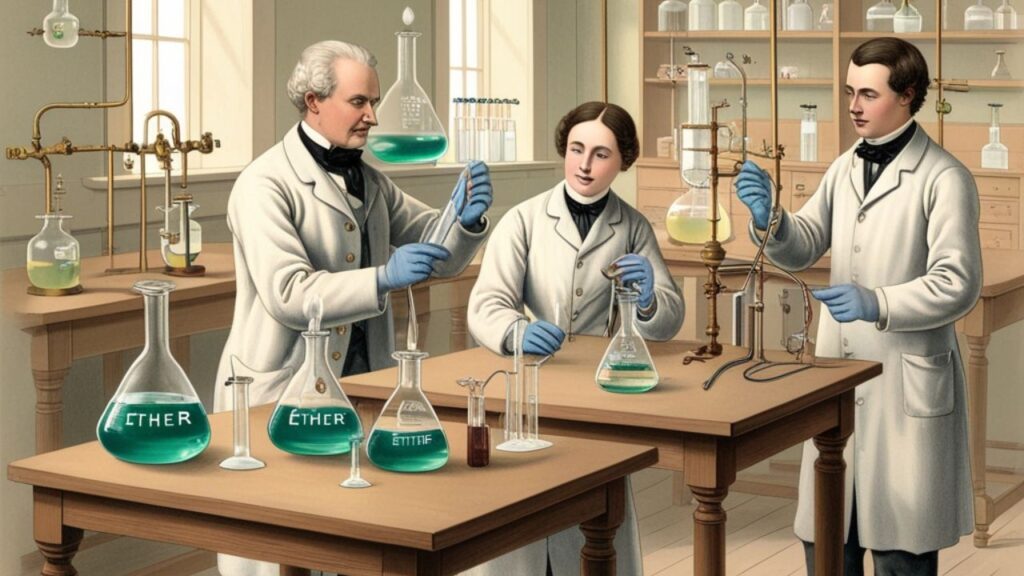
Knowing the true meaning of Aether and Ether helps people use them correctly. It keeps writing clear and avoids confusion between myth and science. Understanding each word also teaches respect for how language grows and carries history forward.
Learning about Aether and Ether shows how human thinking has changed over time. Myths once guided people’s dreams, while science now explains nature with proof. This difference reminds students that knowledge always evolves as the world keeps discovering new truths.
- Knowing the difference between Aether and Ether helps people use each word correctly in writing, science, and stories.
- Understanding both terms teaches how human knowledge changed from myths to real scientific study.
- The clear meaning of Aether and Ether reminds students that learning grows with time, showing the path from imagination to discovery.
Conclusion
The idea of Aether belongs to old tales about the sky and spirit, while Ether grew from real experiments in science. Both remind people how imagination and discovery can shape the way humans understand the world around them.
Through time, Aether stayed in stories, and Ether found a place in learning and medicine. Each shows a step in human growth from wonder to knowledge. Knowing their meanings helps young minds see how history and science walk together in harmony.
FAQs
Is it pronounced aether or ether?
Both are pronounced “EE-thur.” “Aether” is the older spelling, while “ether” is the modern form.
What exactly is the aether?
Aether was once believed to be the invisible substance filling space, carrying light and energy.
Are ethereum and ether the same?
Ethereum is the blockchain network; Ether (ETH) is its native cryptocurrency used for transactions.
What are the three forms of aether?
In mythology, aether represented the upper sky, pure air, and the divine light of the heavens.

Join Bibcia on a journey to master English grammar. Discover easy lessons, writing tips, and practical examples designed to make learning grammar simple and effective.
